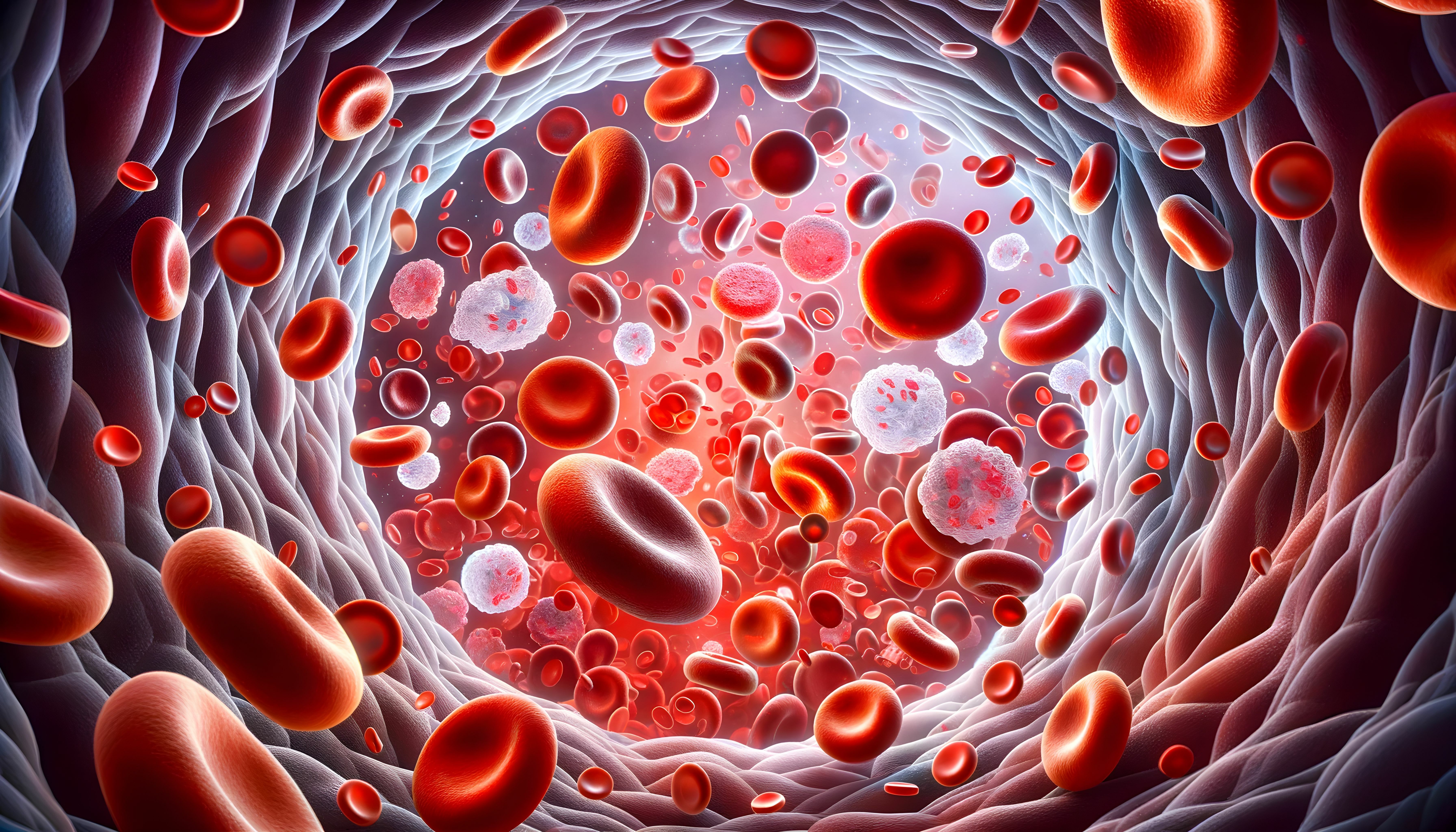Commentary
Video
Unlocking Myeloma Outcomes: The Role of Immunity
Author(s):
In part 3 of our interview with hematologist-oncologist Don M. Benson, MD, PhD, The Ohio State University Comprehensive Cancer Center, he addresses the unpredictable nature of multiple myeloma outcomes and their multifactorial nature.
In part 3 of our interview with hematologist-oncologist Don M. Benson, MD, PhD, The Ohio State University Comprehensive Cancer Center, he addresses the unpredictable nature of multiple myeloma (MM) outcomes and their multifactorial nature. He also addresses the role of the immune system in this hematologic disease, the potential of curative therapies, and long-term survivors.
“I think about it like a regression model,” Benson says. “There's multiple variables that go into determining this outcome. It might be patient age, it might be their fitness, it might be the cytogenetics, the kind of myeloma they have.”
This transcript has been lightly edited for clarity.
Transcript
What factors contribute to the significant variation in survival outcomes seen in MM?
I wish I could tell you. I think that it's a multifactorial outcome. So I think sometimes we, as physicians, feel like we have control of things because we have so many good treatments, we have combinations of treatments, we have radiation, we have all kinds of things at our disposal and things should work the way we want them to. And sometimes they don't. I've had patients with high-risk cytogenetics who, if they read the book, would have lived 2 years and are still alive 10 years later. And I've seen young patients with “standard risk” cytogenetics who die 3 or 4 years into their disease.
So I think about it like a regression model. There's multiple variables that go into determining this outcome. It might be patient age, it might be their fitness, it might be the cytogenetics, the kind of myeloma they have. I had several patients who died of COVID-19 in the pandemic—in complete remission, and out of the blue, this global pandemic comes.
I think colloquially we call that variable luck, but a lot of the research we do in our laboratory is looking at how the immune system interacts with the tumor. It’s not the molecular subtype of the myeloma that's driving outcome; it's the way the patient's immune system is trying to recognize and respond to the disease that's driving outcome. It's very clear in a basic science laboratory, but how do we make that actionable? How do we bring that to a bedside and exploit it for the patient's benefit?
I think we're scratching the surface, frankly, with things like BiTEs [bispecific T-cell engagers] and bispecifics. I hesitate to say it since it's being recorded, but I think that's where curative therapies are going to come from.
We all have those patients that we've taken care of them for over 10 years, over 15 years; they're still in remission, they've never relapsed, they're off treatment. And I get that question, “Do I need to come back?” And the answer is always, “You need to come back for me. You don't need to come back for you anymore. I need you to come.”

Navigating Sport-Related Neurospine Injuries, Surgery, and Managed Care




